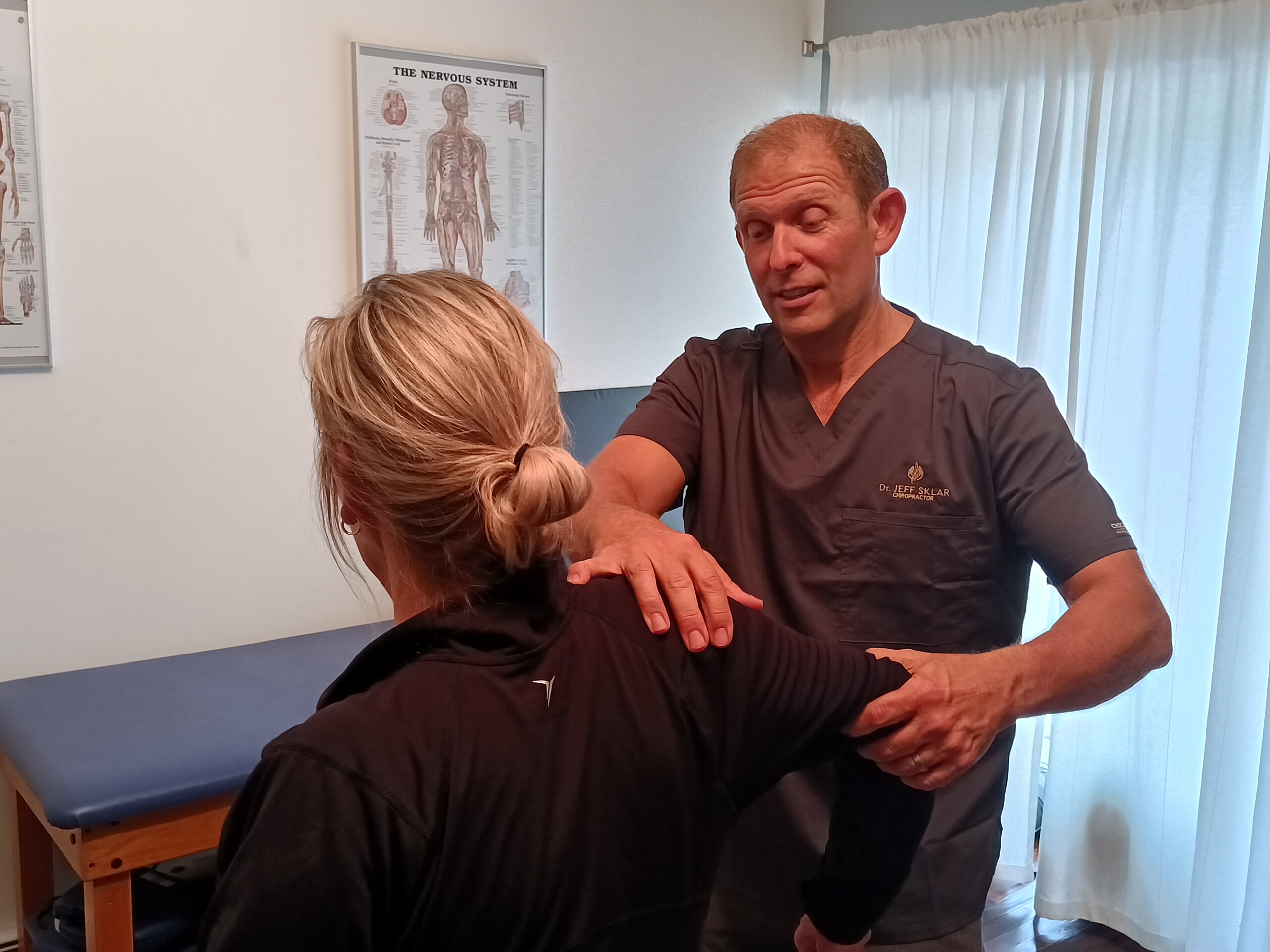RESOURCES
When a person is diagnosed with cancer, most often the experience of being diagnosed can be equated have the world pulled out from under you. Basically, the control one thought they had in their life is shaken and unrecognizable. That is until a care team is organized and a plan is set into motion.
Still, with a plan devised to defeat the cancer, there can be many obstacles to hurdle to the finish line. Treatment protocols are often accompanied by side effects that are considered collateral damage. Moreover, many people have pre-existing muscular and joint issues that can be exacerbated or intensified by surgery, chemotherapy and radiation. For decades, many very treatable side effects have not been adequately addressed by physicians. Moreover, patient are still often told these effects are a sign that the treatment is working and they will hopefully go away after the treatment regimen. So, as the cancer treatment attacks tumors, but also good viable healthy tissue, patients can feel their quality of life spiral into a dismal cycle of living with various typos of pain and a decline in various bodily functions. The cancer journey can be very harsh.
Dr. Sklar presents options to address this decline of energy, function and joy. These options are designed to provide as much comfort through the cancer journey to survivorship and beyond.
For instance, certain chemotherapy can cause neuropathy, a feeling of sand paper or glass in hands and feet accompanied often with weakness. Addressing this side effects through holistic means can often improve the nerve function and therefore reduce the pain and numbness that neuropathy causes. Specific electric stimulation along with cold laser therapy, hands on manual therapy and vitamin supplements have a good track record of offering relief.
Moreover, when cancer patients have a choice of something natural that does not involve a needle, pill or potion, they tend to want to try it.
The following is a list of additional side effects that can be addressed with chiropractic and non-pharmacological means:
Constipation – often people with constipation are told to drink more water, eat more fiber, exercise more. These options are not always viable for cancer patients. Sometimes, a course of hands on treatment with chiropractic care, modalities such as heat, combined with some easily digestible foods can assist in freeing up the digestive tract and giving relief from constipation
Radiation induced muscle tightness and fibrosis – soft tissue manual techniques combined with other modalities May alleviate the restrictions that muscular fibrosis can cause
Vertigo – gentle chiropractic manipulation and guided Epley Maneuver can sometime offer immediate relief
Poor Sleep – often some counseling in proper sleep position or sleep ergonomics combined with specific breathing methods and chiropractic therapy can lead to a more sound uninterrupted sleep
Nausea – mild to moderate cases of nausea from chemo and/or radiation treatment can be abated with cryotherapy and manipulation. LEARN MORE
Fatigue – certain breathing exercises combined with counseling on physical activity and physical medicine including chiropractic can help boost energy
Headaches – much research has been done on the effectiveness of chiropractic with headache relief.
Poor Balance – ergonomic counsel and training may offer better balance and stability
Joint inflammation – there are benign supplements that do not interfere with many cancer treatment regimens that can assist in reducing joint inflammation as well as inflammation throughout the body
Indigestion – chiropractic manipulation when target to the nerves of digestion can often alleviate acid reflux and other forms of digestive discomfort
Stomatitis – cold laser therapy can be applied to mouth sores and is effective in alleviating the pain they cause
Xerostomia – cold laser therapy has been know to facilitate healing of the glands that have been impacted by cancer treatment, thus improving salivation and reducing dry mouth
Stress/anxiety – chiropractor therapy combined with therapeutically applied music can reduce stress and anxiety along with tools that chiropractiors can counsle patients for home practice
Post surgical scar tissue pain -chiropractic and hands on soft tissue therapy are very effective in relief of scar tissue pain
Cording(ancillary web syndrome) from lymph node surgical removal- manual therapy, stretching and cold laser therapy can be very effective in treating cording
Hiccups – acute and subacute hiccups can be abated through specific chiropractic adjustments LEARN MORE
Pain from radiation treatment positioning with extremities uncomfortably extended for prolonged periods of time- the last thing anyone wants is for radiation treatment to be delayed due to pain from treatment
LINKS
TECHNIQUES
Dr. Sklar may use a variety of safe and gentle non-invasive treatment techniques such as:
- Manual manipulation
- Traction
- Flexion Distraction
- Mobilization technique
- Very gentle instrument or table assisted procedures
- Cold laser therapy
- ReBuilder electric stimulation
- Sacro-Occiputal Technique
- Vibration therapy
- Epler Manuever
- Visualization
- Applied Music Therapeutics
- Joint mobilization
- Stretching
- Soft tissue work
- Lifestyle changes
- Home exercises
COLD LASER THERAPY
What is Cold Laser Therapy?
Cold Laser Therapy uses LEDs or light emitting diodes to facilitate healing and repairing tissue while reducing inflammation. Depending on the location, the clinician applies the beam directly on the injured region for several cycles that last roughly 10 minutes. The cold laser therapy is most effective when applied two or more times per week.
Moreover, it has been used for many years by professional sports teams to help with inquiries. Additionally, arthritic patients report significant relief of joint pain in various regions of the body including, neck, back, shoulders, wrists, knees and feet.
Furthermore, Cold Laser Therapy helps reduce nerve (neuropathic) pain by increasing blood flow and simulating oxygenation at the cellular level. LEARN MORE


